Sertoli Cell Only Syndrome
Sertoli cell only syndrome. A 20-year-old male presented with a small hydrocoele in the left scrotal sac bilateral small testes and azoospermia with normal secondary sexual characteristics. This testicular biopsy is from a patient with normal semen volume and azoospermia. Singlenucleotide polymorphism comparative genomic hybridization microarray technology was carried out on 39 Sertoli cellonly syndrome infertile patients in the present study.
The term wind-swept. Patients are sexually normal but have impaired spermatogenesis. Sertoli-cell-only SCO syndrome also called germ cell aplasia or Del Castillo syndrome describes a condition of the testes in which only Sertoli cells line the seminiferous tubules.
Histological examination reveals the absence of spermatogenetic cells which is the only pathology in most cases. Many of these patients have a normal karyotype and normal secondary male sexual characteristics yet are infertile and azoospermic or severe. Elevations of greater than 25-3 times the reference range are diagnostic for spermatogenic failure.
In this case the individual shows azoospermia as the consequence of a complete absence of germ cells in the tubules. Sertoli cells are found in the convoluted seminiferous tubules and form part of the blood-testis barrier in males. Only Sertoli cells are present in the seminiferous tubule.
Sertoli cell-only syndrome SCO syndrome is a cause of male infertility. Germ cells give rise to next stages of spermatogenesis which is the process of sperm formation. Array comparative genomic hybridization compares the patients genome against a reference genome and identifies uncover deletions amplifications and loss of heterozygosity.
In a minority of patients dysregulation in the pituitary-testicular axis can be observed. The aetiology often remains unknown. In its purest sense Sertoli-cell-only SCO.
Sertoli cells are found in the convoluted seminiferous tubules and form part of the blood-testis barrier in males. Chromosome study revealed 46XY.
It His FSH level was elevated.
Sertoli cell-only syndrome SCO syndrome is a cause of male infertilityIn SCO syndrome only Sertoli cells cells that nurture the immature sperm line the seminiferous tubules tubes inside the testicles where sperm develop. Sertoli cell-only syndrome SCO syndrome is a cause of male infertility. Sertoli cell-only syndrome is defined by the complete absence of germ cells in testicular tissues and always results in male infertility. Germ cells give rise to next stages of spermatogenesis which is the process of sperm formation. Sertoli cell-only syndrome SCO syndrome is a cause of male infertilityIn SCO syndrome only Sertoli cells cells that nurture the immature sperm line the seminiferous tubules tubes inside the testicles where sperm develop. Sertoli cell-only syndrome SCOS also known as germ cell aplasia is characterized by azoospermia in which the seminiferous tubules of testicular biopsy are lined only with Sertoli cells. Singlenucleotide polymorphism comparative genomic hybridization microarray technology was carried out on 39 Sertoli cellonly syndrome infertile patients in the present study. Almost 50 of infertility cases are due to male factors and spermatogenesis failure is one of the most severe forms of male infertility. Sertoli cell-only syndrome SCOS is not an uncommon finding in testicular biopsies that are performed in patients with infertility.
Sertoli cell-only SCO syndrome is a most often a multifactorial and idiopathic condition that leads to germ cells aplasia. Elevations of greater than 25-3 times the reference range are diagnostic for spermatogenic failure. Sertoli cell-only syndrome is defined by the complete absence of germ cells in testicular tissues and always results in male infertility. Chromosome study revealed 46XY. A 20-year-old male presented with a small hydrocoele in the left scrotal sac bilateral small testes and azoospermia with normal secondary sexual characteristics. Almost 50 of infertility cases are due to male factors and spermatogenesis failure is one of the most severe forms of male infertility. Many of these patients have a normal karyotype and normal secondary male sexual characteristics yet are infertile and azoospermic or severe.

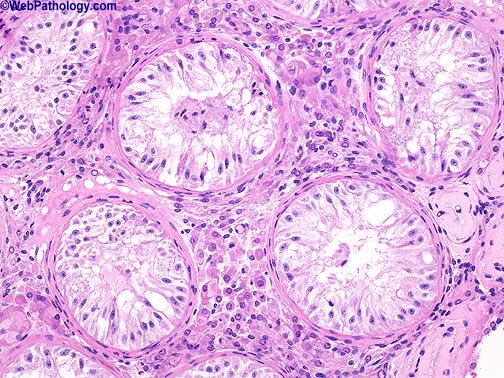

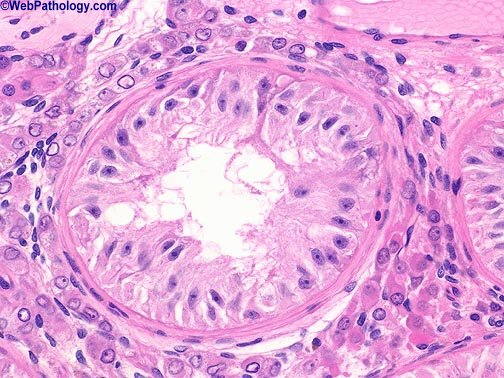



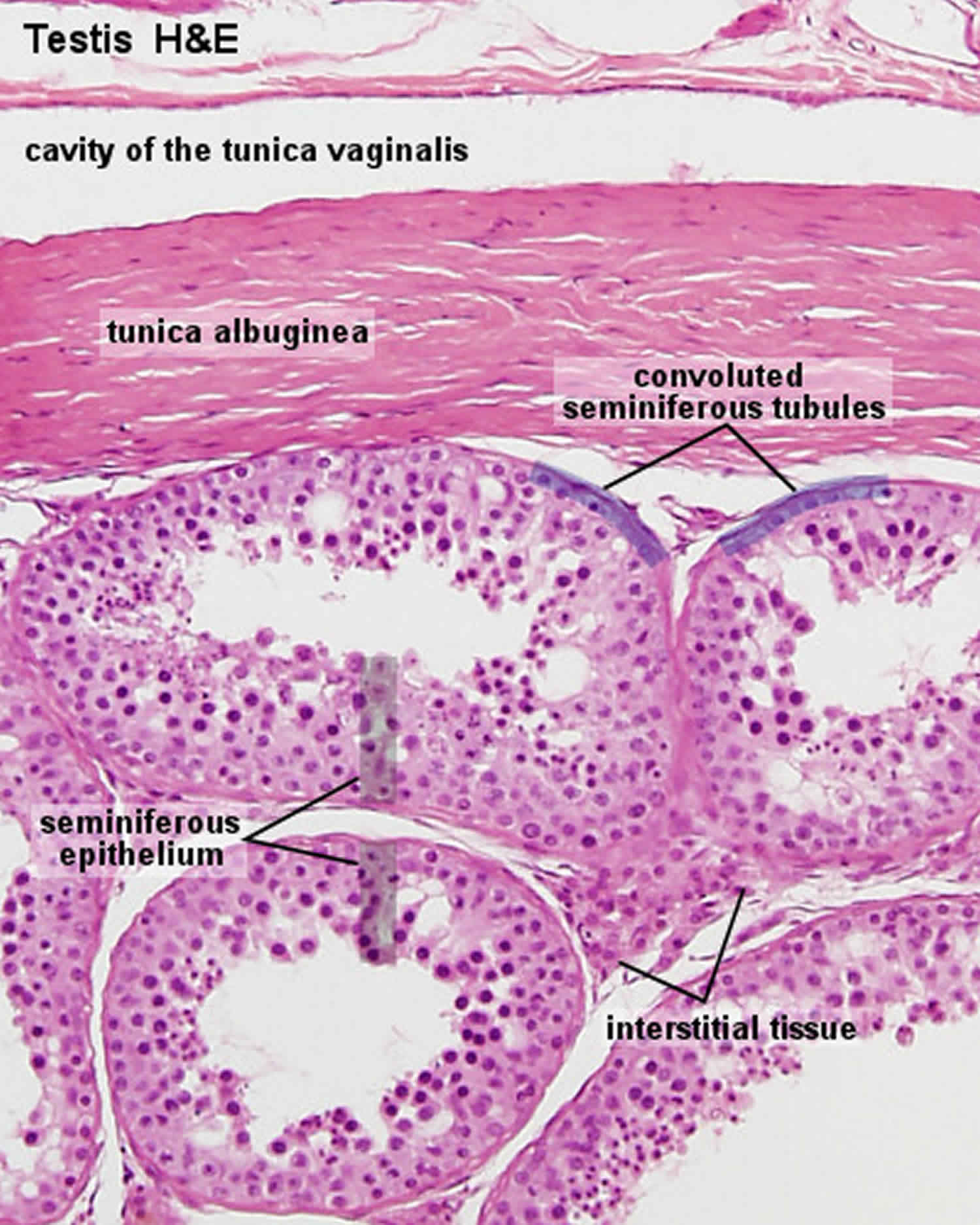





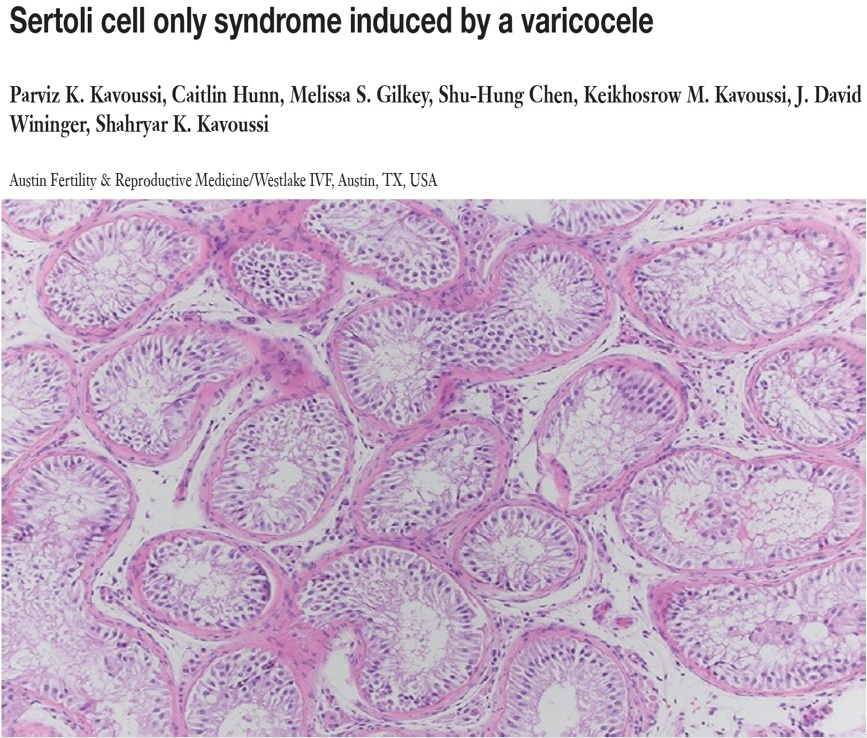


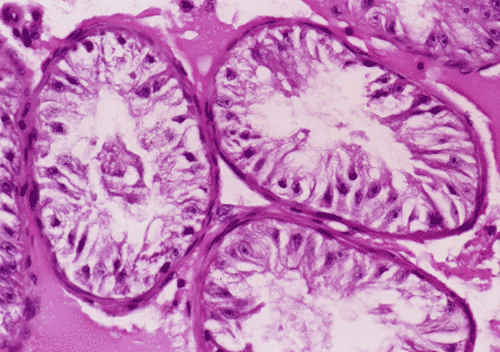

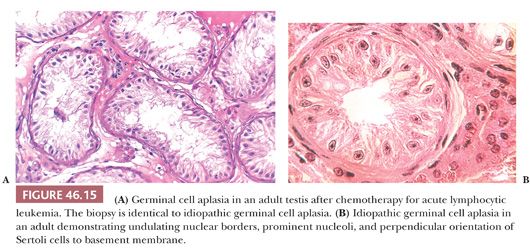



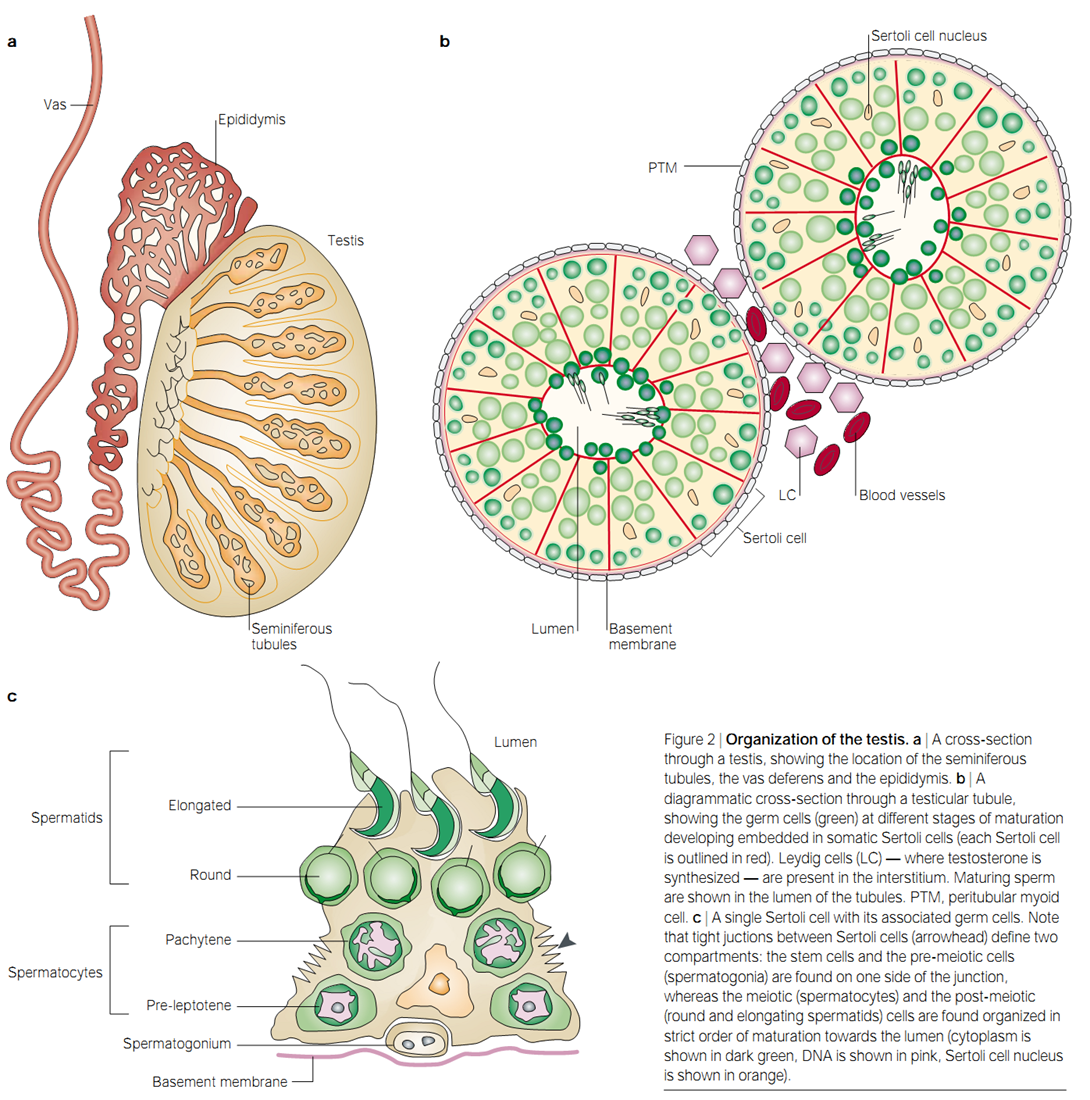
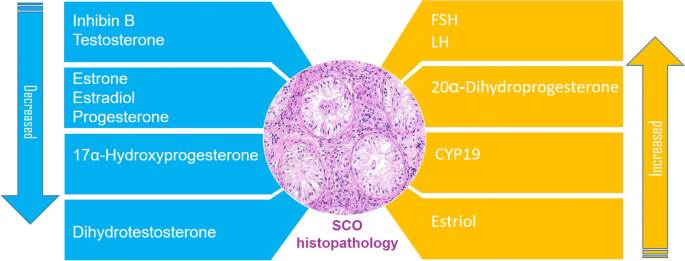


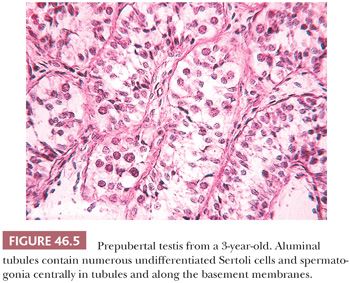




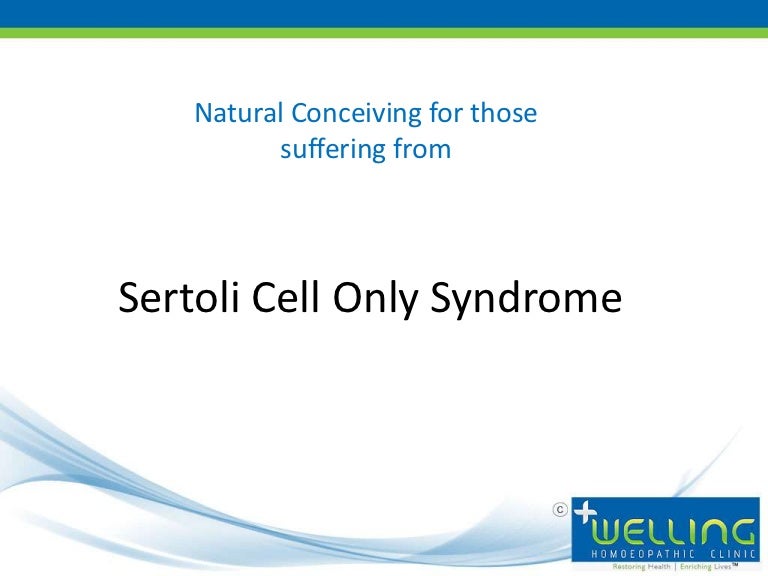



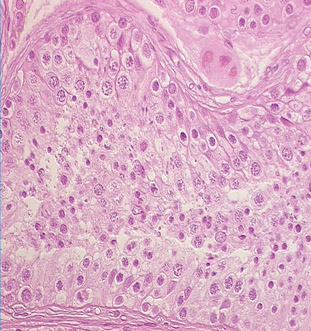

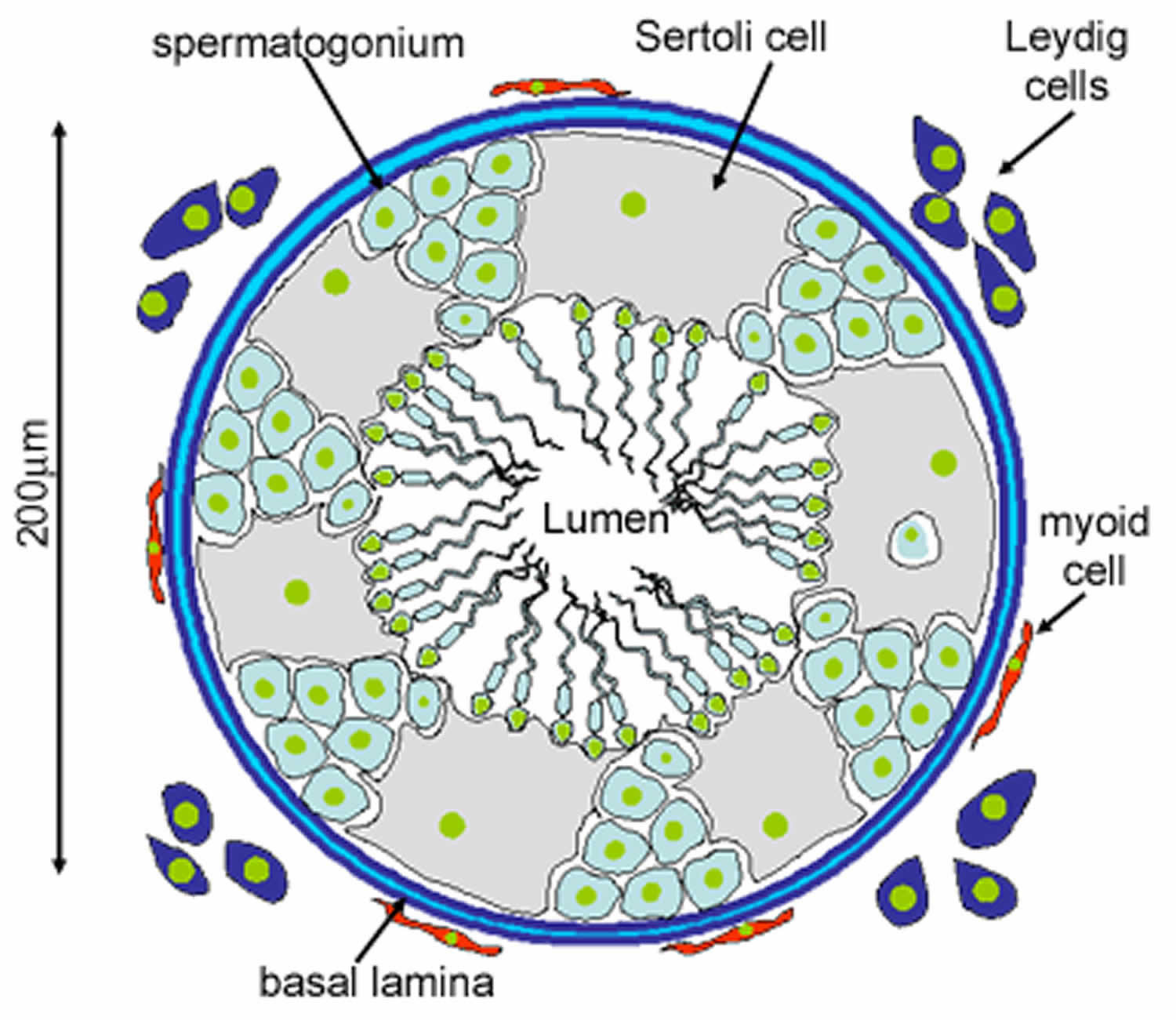







Post a Comment for "Sertoli Cell Only Syndrome"